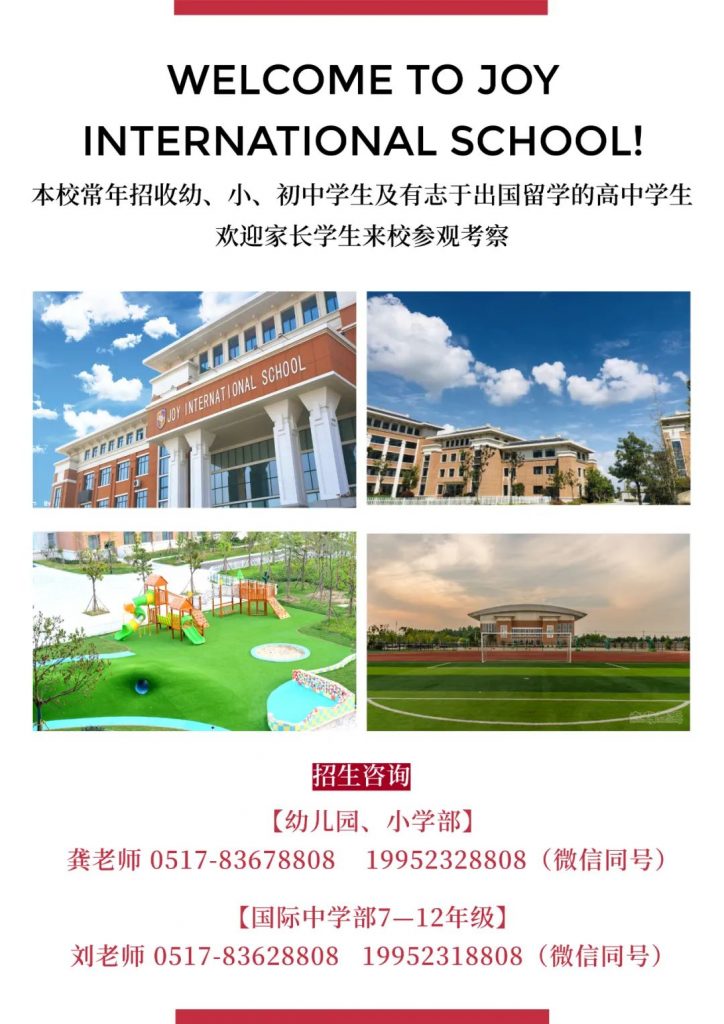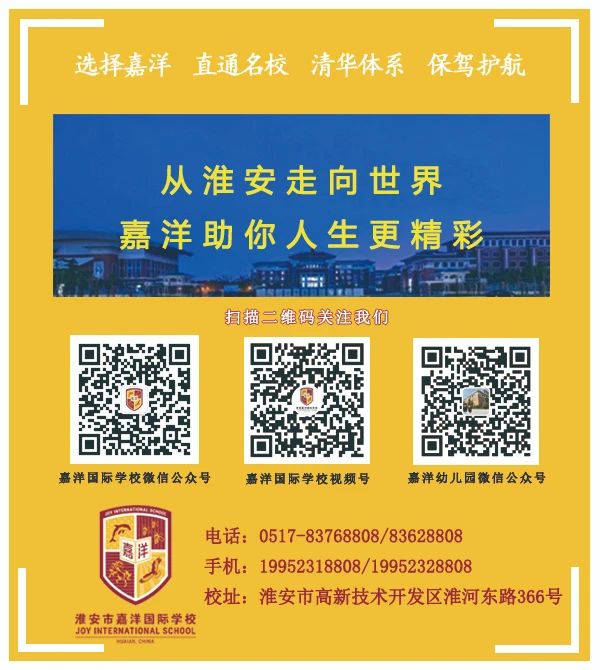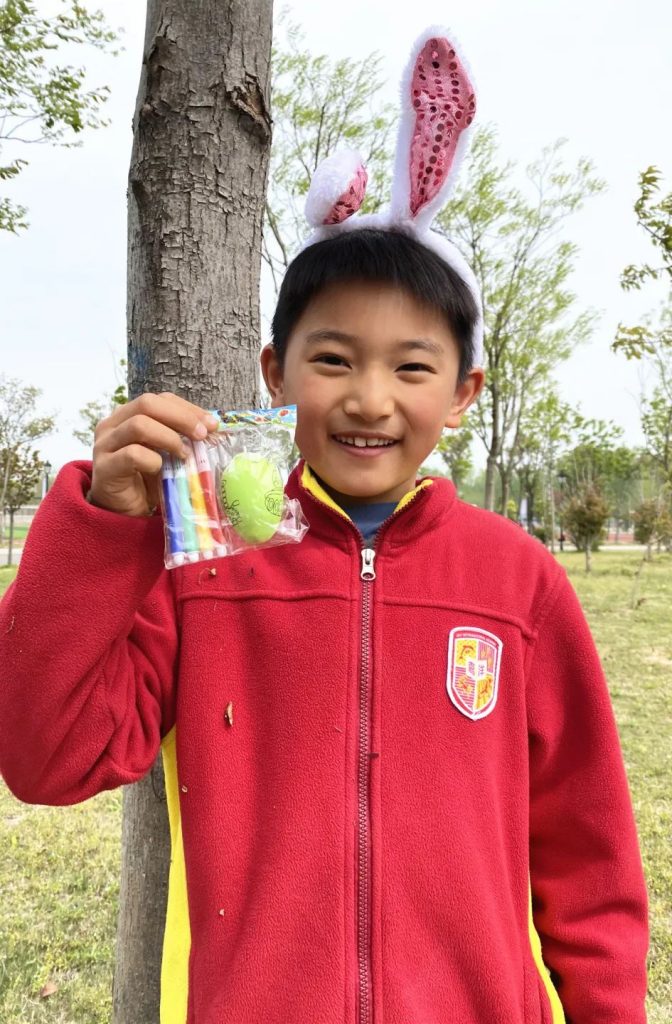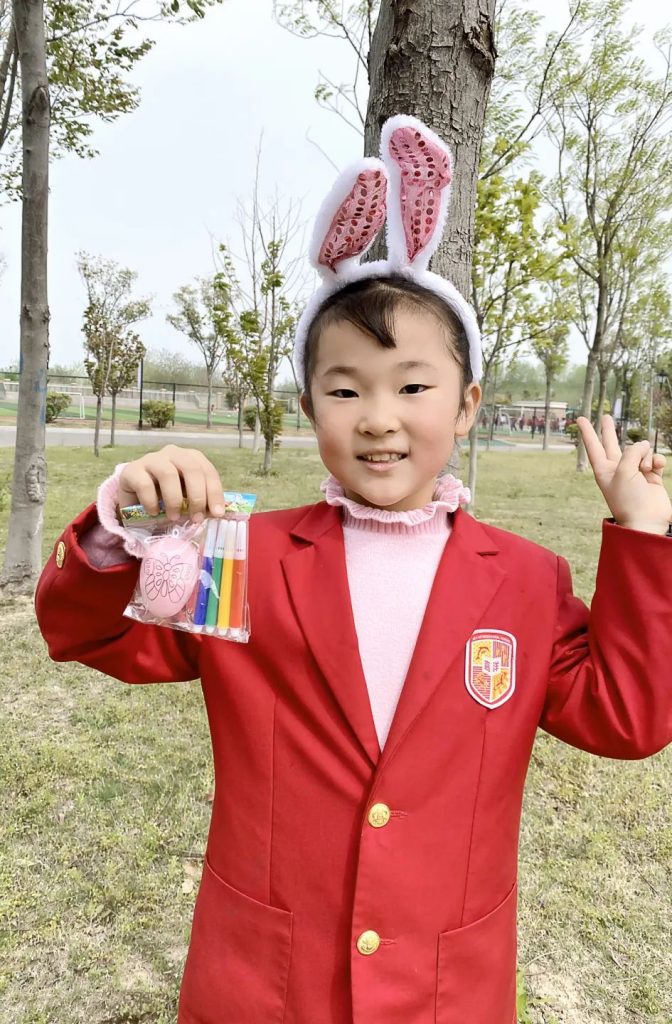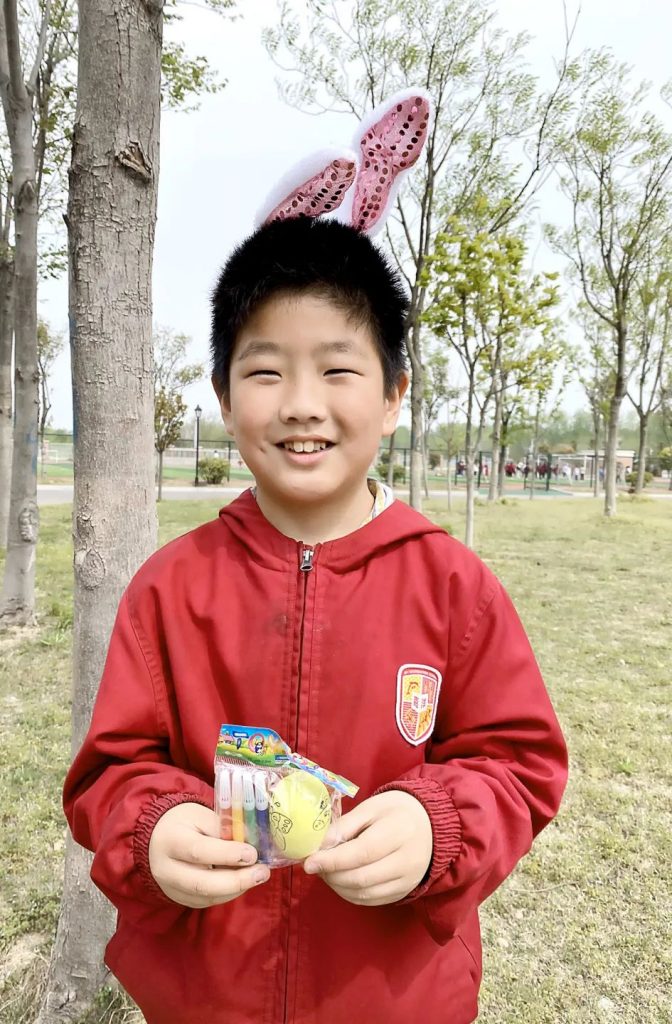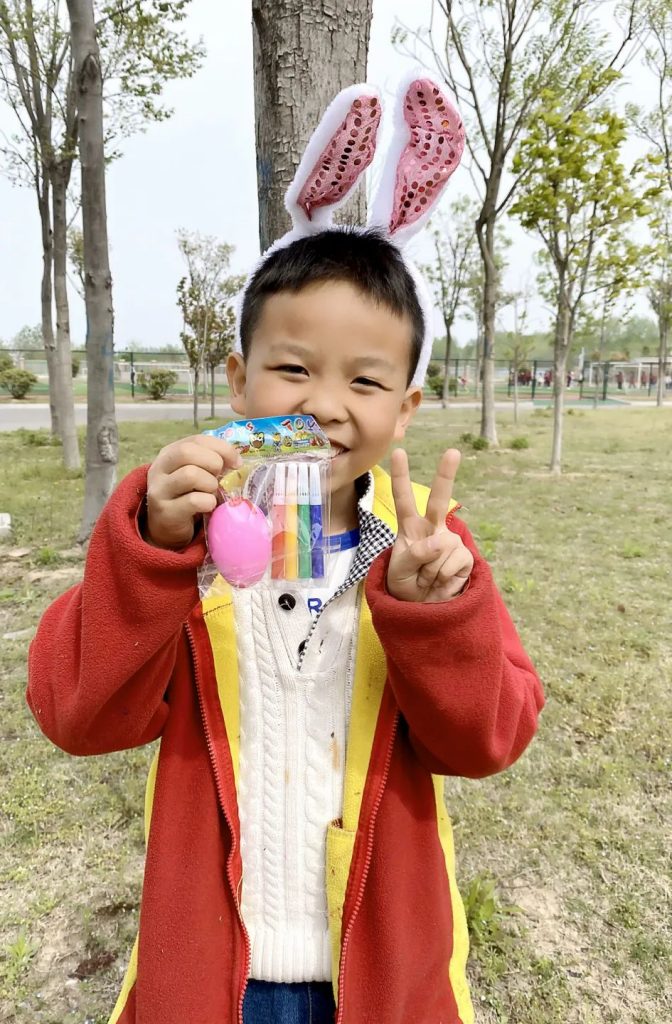【校园活动】寻找复活节彩蛋
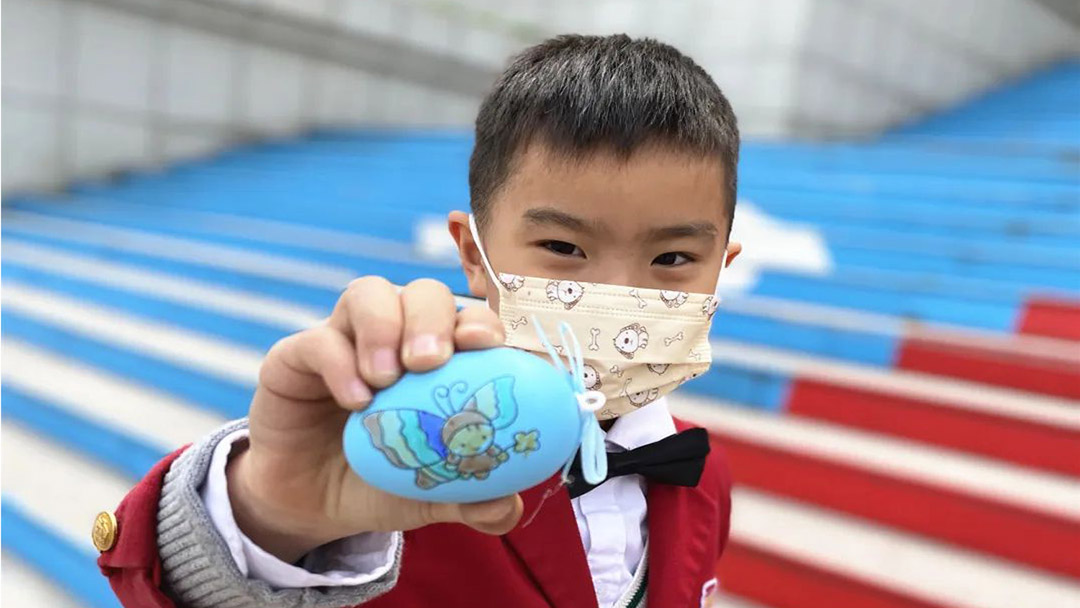


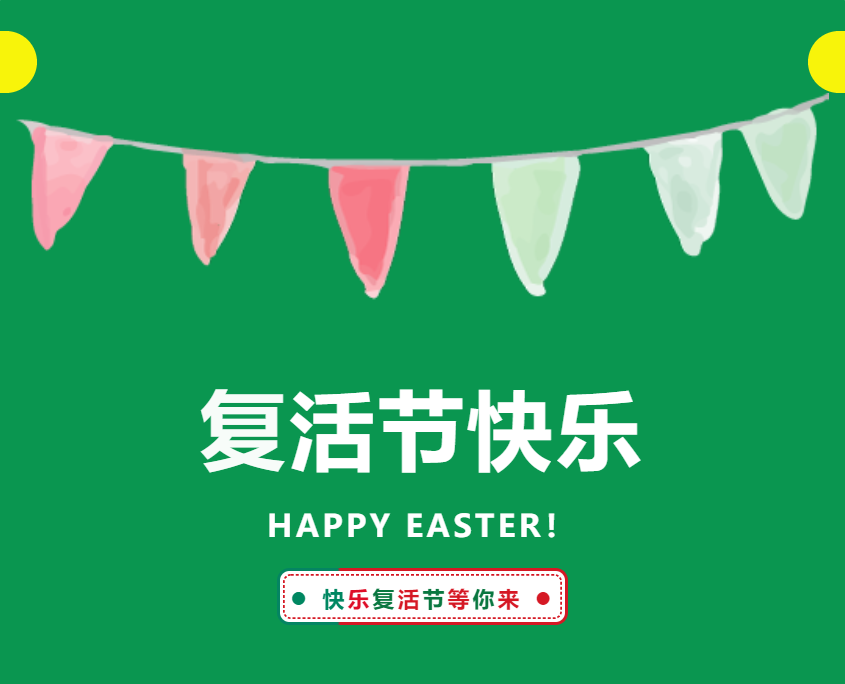

Easter is traditionally, a western Holiday celebrated in the Spring. The actual date of Easter varies from year to year, but Easter is always in the month of March or April. There are two parts of Easter; the religious aspect and the fantasy aspect.
复活节是西方在春天庆祝的传统节日。复活节的实际日期每年都不一样,但复活节总是在三月或四月。复活节分为两部分:宗教方面和趣味活动。
In our Grade One and Grade Two Classrooms we focused on the fantasy aspect of it. We learned that the legend of Easter is that the Easter Bunny lays, decorates, and hides eggs. The Easter Bunny does this as a symbol of new life. Children like to go find these eggs in an activity known as a Easter Egg Hunt.
在一年级和二年级的课堂上,我们做了复活节的趣味活动。我们了解到复活节的传说是有关兔子产卵、装饰和藏蛋。这样做是因为复活节兔子是新生命的象征。孩子们喜欢寻找这些彩蛋,这一活动被称为“寻找复活节彩蛋”。
In the Grade Two Classroom we have been studying animals and animal traits. Part of the fantasy aspect of Easter is the Easter Bunny. So using what we have learned in our unit about animals and animal traits, the grade two students created a writing about the Easter Bunny. What do they know about the Easter Bunny? What can they notice about the Easter Bunny? Some of their answers included:
- The Easter Bunny is cute.
- The Easter Bunny has eggs.
- The Easter Bunny is white.
- The Easter Bunny has a pink nose and long ears.
- He hops.
在二年级的课堂上,我们一直在学习动物和动物的特性。复活节的趣味活动做的是复活节兔子。二年级的学生运用本单元所学的知识,创作了一篇关于复活节兔子的作文。关于复活节兔子,孩子们知道些什么?他们了解复活节兔子的哪些特征?来看看他们的回答吧:
- 复活节兔子很可爱。
- 复活节兔子有彩蛋。
- 复活节兔子是白色的。
- 复活节兔子有一个粉红色的鼻子和长耳朵。
- 小兔子会跳。
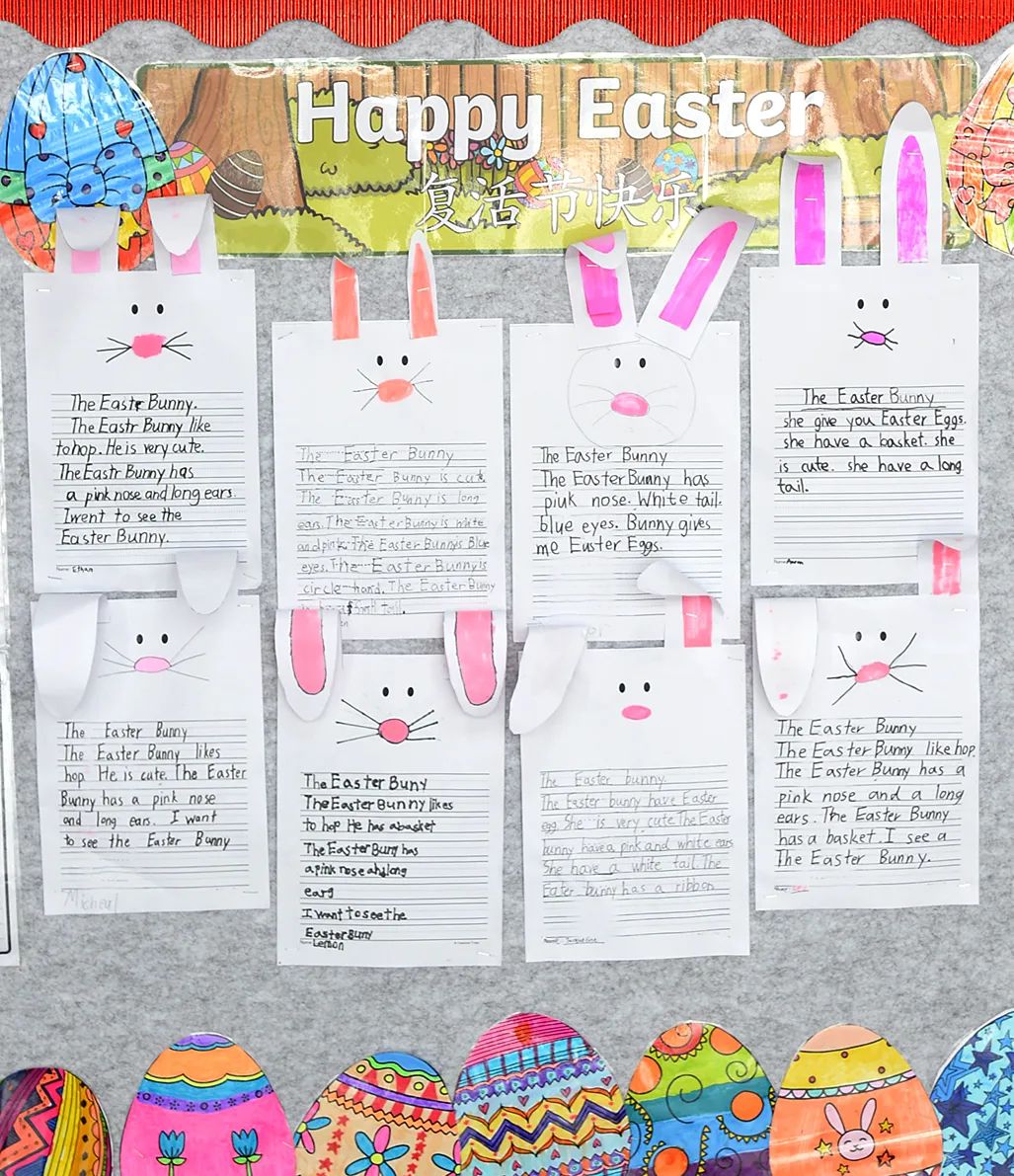
Our Grade Two friends wrote to this prompt: What do they know about the Easter Bunny? What can they notice about the Easter Bunny? When students in Grade Two are writing, they have a couple important writing goals. One goal is to use a capital letter at the beginning of the sentence. Another goal is to use a period, exclamation point, or question mark at the end of each sentence. Students should be able to write prior vocabulary correctly, but new vocabulary words sometimes get spelled wrong and that’s OK! Why is it OK? Because if a student is brave enough to try and use new words in their writing, I will not discourage them with a negative comment about the wrong spelling.
我们二年级的朋友用这些提示来写作:关于复活节兔子,他们知道些什么? 他们能注意到复活节兔子的什么? 当二年级的学生在写作时,他们有几个重要的写作目标:一个目标是在句子的开头使用大写字母。另一个目标是在每个句子的结尾使用句号、感叹号或问号。学生应该能够正确地书写之前的词汇,但是新单词有时会拼错,这没有关系! 为什么可以呢? 因为如果一个学生有足够的勇气在写作中尝试使用新单词,我不会因为拼写错误而对他们进行负面评价。
Our friends in Grade One and Grade Two also took part in an activity to relax their mind and unwind their body. They decorated their own beautiful Easter Eggs by coloring different designs and patterns.
我们一年级和二年级的小朋友还参加了一个活动来放松他们的大脑和身体。他们用不同的设计和图案来装饰自己美丽的复活节彩蛋。
After our friends in Grade One and Grade Two learned about the Easter Bunny and what he symbolizes, they then took part in the most fun activity of the day: The Easter Egg Hunt! First, eggs were hidden around the campus. After they were hidden, the students lined up and waited patiently (or tried to wait patiently!). We counted down from 3 to 1, exclaimed “Happy Easter”, and then they raced off! They looked for the eggs under bushes, in trees, on the ground, and behind rocks. It was quite fun! Once they found all of the Easter Eggs, our friends decorated them as well.
在我们一、二年级的小朋友们了解了复活节兔子和它的象征意义后,他们参加了当天最有趣的活动:寻找复活节彩蛋! 首先,彩蛋被藏在校园周围。藏好后,学生们排队耐心等待(或者说是努力耐心等待!) 我们从3数到1,大叫“复活节快乐”,然后他们就出发了! 在灌木丛、树上、地上和岩石后面寻找彩蛋。简直超有趣! 当他们找到所有的复活节彩蛋后,我们的小朋友就开始装饰它们了。
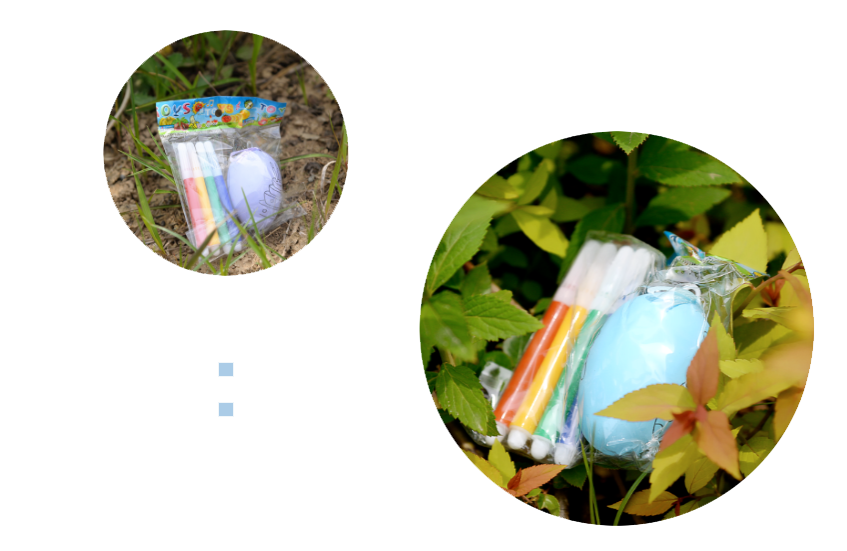

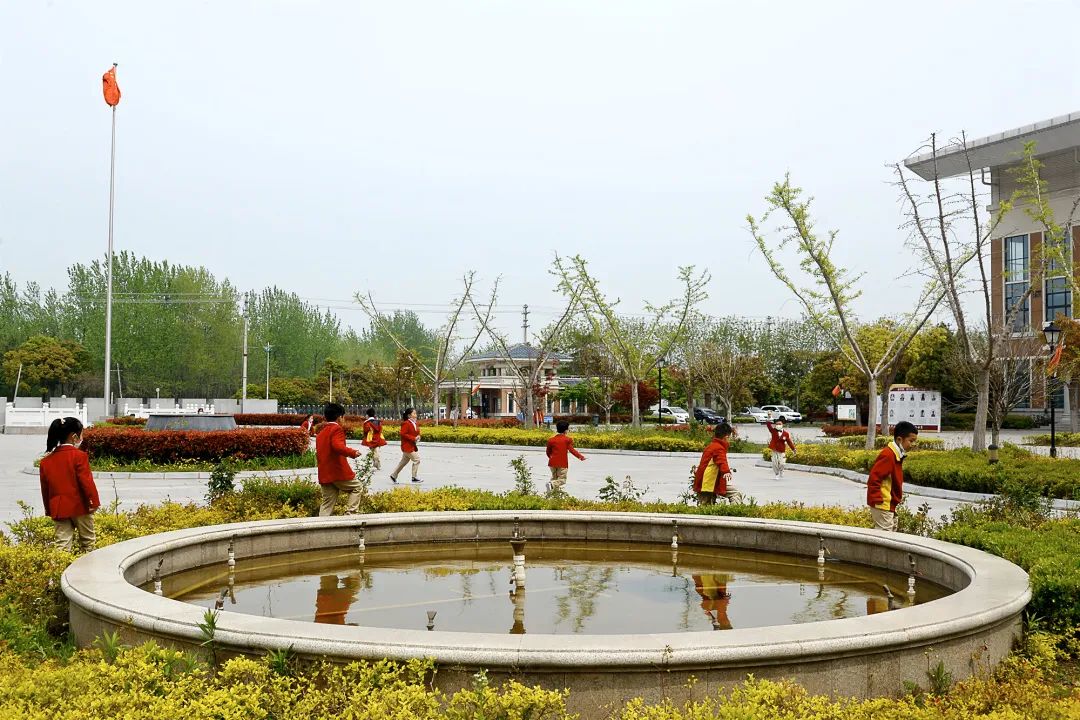
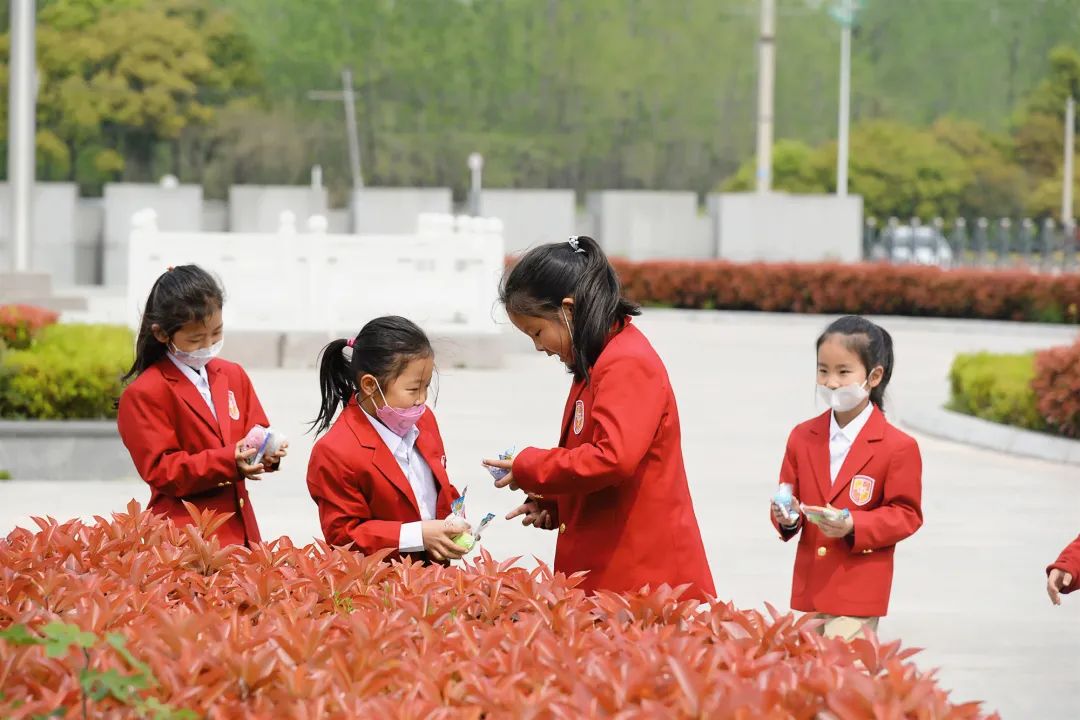


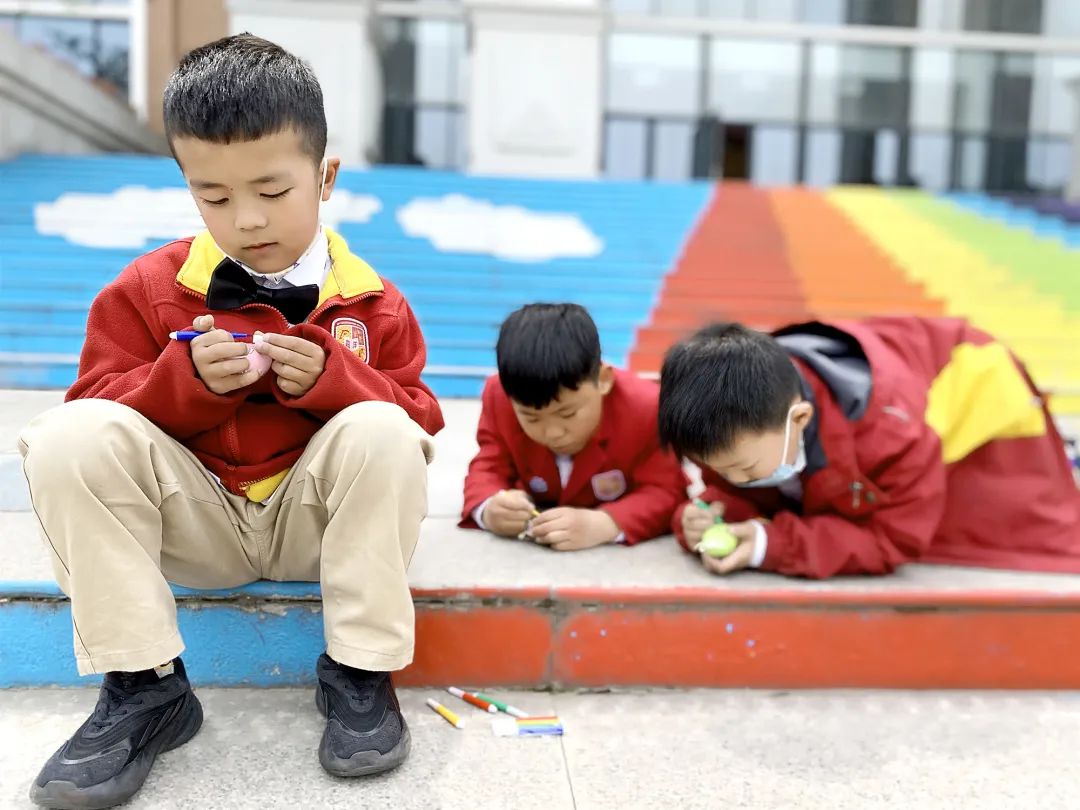

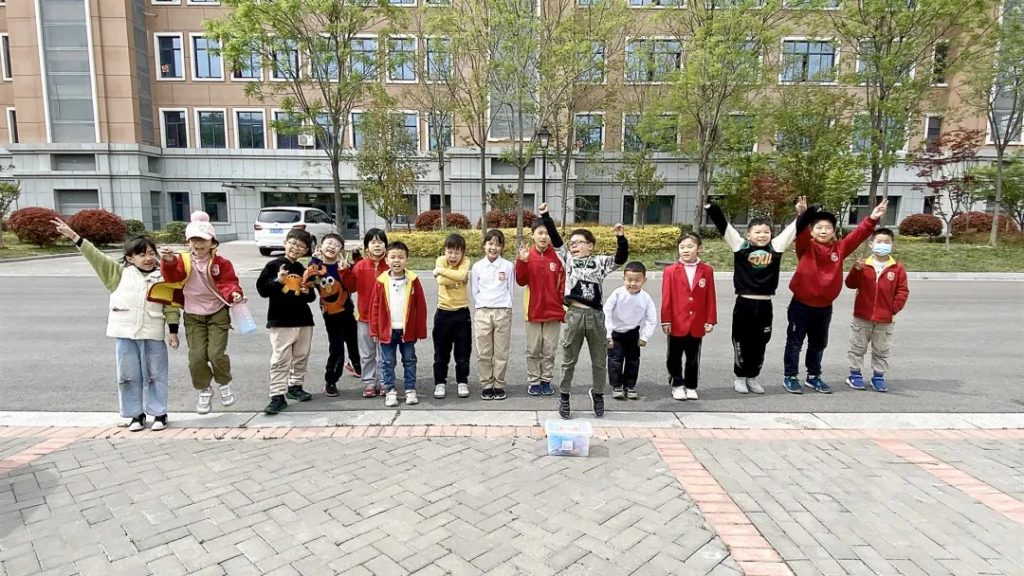

Happy Easter from Grades One and Two!
一、二年级祝大家复活节快乐!
Written by: Jessica
Translated by: Tina
作者:Jessica
翻译:Tina
